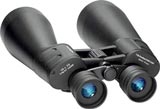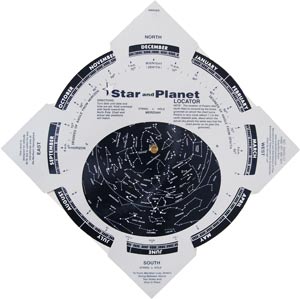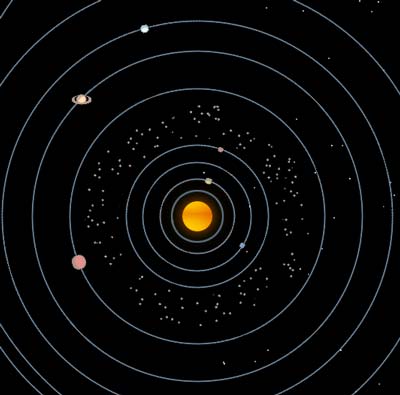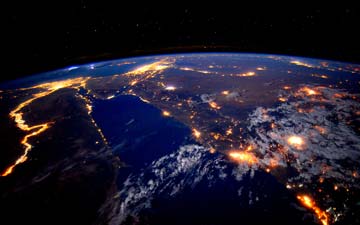What's in the Sky Tonight?
SEPTEMBER 2025
Our Favorite Astronomical Binoculars for under $100

Celestron SkyMaster Giant 15x70 Binoculars with Tripod Adapter

Orion 15x70 Astronomy Binoculars with Tripod Adapter
Sept 7 and 8: Total Lunar Eclipse
This total lunar eclipse is visible across Europe, Africa, Asia, Australia, and New Zealand. It is the second total lunar eclipse of 2025; the next one will be on March 2 and 3, 2026.
Sept 7: Corn Moon
The September Full Moon is traditionally called the Corn Moon because this is when corn and other crops are harvested in the Northern Hemisphere.
Sept 8: Conjunction of the Moon and Saturn
Sept 16: Conjunction of the Moon and Jupiter
Sept 19: Conjunction of the Moon and Venus
Sept 21: Partial Solar Eclipse
The second partial solar eclipse of 2025 will sweep across the South Pacific and parts of Antarctica. In New Zealand, the eclipse will be visible at sunrise on Monday, September 22 (local time).
Sept 21: New Moon
A New Moon in the sky means no moonlight to hinder your view of stars and planets.
Sept 21: Saturn at Opposition
The ringed planet, Saturn, lies on the opposite side of Earth to the Sun, and is visible from sunset to sunrise.
Sept 22: September Equinox
Also known as the autumnal (fall) equinox in the Northern Hemisphere, the September Equinox is considered by many as the first day of fall.
Sept 24: Conjunction of the Moon and Mars
ASTRONOMY BINOCULARS
A mini telescope you can take anywhere
If you love sky gazing, you have to have a pair of astronomy binoculars!
Binoculars are a fantastic alternative to telescopes—inexpensive, lightweight, and
portable. For city dwellers where there is a lot of light pollution, binoculars are essential if
you want to see much of anything.
Binoculars enlarge and brighten the beauty and immensity of the night sky. You can see the
detail of the moon's craters, the phases of Venus, the moons and stripes of Jupiter, the awesome
jewels that dot the Milky Way, nebulae, star clusters, and comets when they're passing near.
Our favorite astonomy binoculars is the
Celestron SkGiyMaster Giant 15x70 Binoculars. These are excellent as well:
ANOTHER GREAT ASTRONOMICAL TOOL:
THE PLANISPHERE
A year-round, real-time sky map
 A planisphere is
a rotating star chart that allows you to dial in the entire visible sky for any day and
time of the year and with great precision. It has been called an analog star computer and was considered magical in ancient times.
A planisphere is
a rotating star chart that allows you to dial in the entire visible sky for any day and
time of the year and with great precision. It has been called an analog star computer and was considered magical in ancient times.
Planispheres show the brightest stars, constellations, notable galaxies and nebulae, as well as
the path of the Milky Way. The plane of the ecliptic is also shown, which reveals the pathway of
the planets as they appear to move across the night sky.
Purchase a planisphere for $7.95
 See an animation of the movement of planets in our solar system.
See an animation of the movement of planets in our solar system. See amazing views from space
See amazing views from space